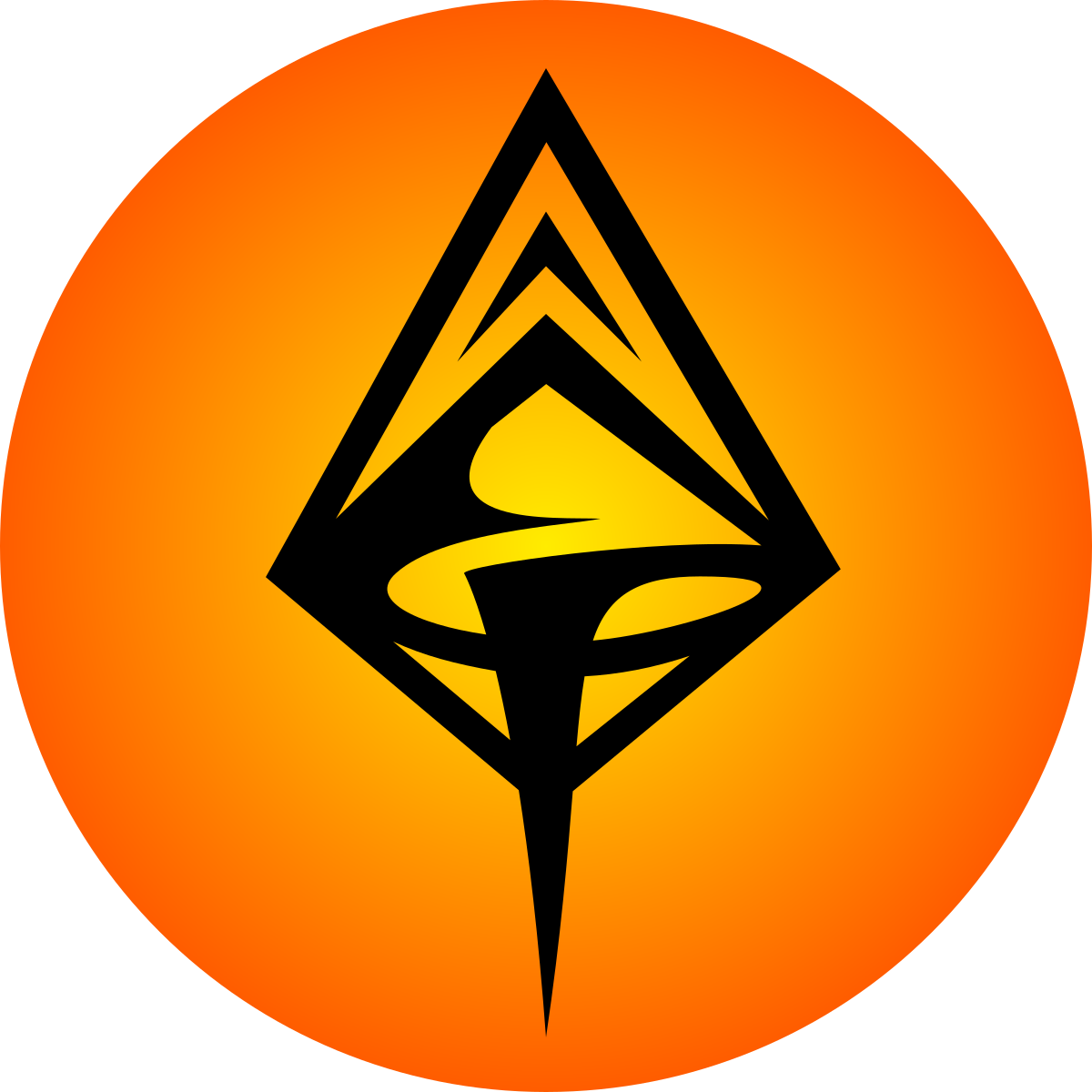
Damn.
I want one, but on the other hand I already have the “original” variant. But FOMO kicks in really hard right now.

I can afford it and the chances are really nice, but I won’t buy the new version. There will be a Steam Deck 2 in 2-4 years with substantially better hardware and until then, the LCD version will do just fine.

You’re most likely right. I’m not going to watch any reviews and low-key forget it exists.

I just wait for the Deckard… I hope this will be a thing, especially when seeing the SteamVR Beta, it got closer to the steam deck

Yeah, this is what I’m thinking as well. I got one during the summer sale this year; these improvements are nice but not worth trying to upgrade so soon.

What does the market look like for used steam decks? Maybe that can subsidize the upgrade cost

Yeah I’m getting this for sure. This addresses all of the biggest pain-points of SteamDeck.
What are the chances I can just swap the SSD between old and new and everything will be hunky-dory?

Only thing I don’t see is a second USB-C connector, but heck they even fixed it so the screws go into metal instead of plastic!

The upside of not changing the I/O is accessory compatibility.

True, though adding a second port should still allow for most accessories already built around the existing one

General:
- Updated APU to 6 nm for better efficiency
- Updated memory to 6400 MT/s, improving latency and power management
- Increased thermal module thickness and performance
Display:
- Increased active area to 7.4" (from 7.0")
- Updated refresh rate to 90Hz (from 60Hz)
- Updated peak brightness to 1000 nits
- Updated touchscreen polling rate to 180Hz, improved latency and accuracy
WiFi/Bluetooth:
- Updated WiFi / Bluetooth module
- Added support for WiFi 6E
- Added support for Bluetooth 5.3, supporting newer codecs such as aptX HD and aptX low-latency
- Added third antenna near the top of the device for better Bluetooth performance, including when docked
- Added support for wake from Bluetooth controllers
Audio:
- Improved bass response for an overall flatter sound profile
- Added support for using onboard microphone array simultaneously with the 3.5mm headphones connector
Controls:
- Adjusted analog stick top material and shape for increased grip and dust build-up resistance
- Adjusted analog stick post material to improve interaction feel with front cover and reduce wear
- Improved reliability of analog stick touch detection
- Improved responsiveness and tactility of shoulder buttons switch mechanism
- Adjusted D-pad snap ratio and diagonal interactions
- Redesigned trackpad for improved fidelity and edge detection
- Greatly improved trackpad haptics feel and precision
Power:
- Improved battery capacity from 40Wh to 50Wh
- Improved battery chemistry for faster charging, from 20% to 80% in as little as 45 minutes
- Changed charging LED to WRGB
- Added support for waking up from initial unboxing by long-pressing power button instead of requiring AC power
- Adjusted power supply cable length from 1.5m to 2.5m
- Added logo to power supply
Frame:
- Reduced total system weight to ~640g, or ~5% less than Steam Deck
- Rear cover screws now thread into metal
- Adjusted rear cover screw heads to Torx™, as well as other materials and geometry tweaks on the heads to reduce stripping risk
- Lowered number of screw types throughout system
- Reduced step count required for common repairs
- Improved bumper switch mechanism drop reliability
- Moved bumper switch to joystick board for easier repair
- Improved display repair/replacement to not require taking rear cover off
Software:
- Greatly improved memory power management firmware
- Added preliminary support for open-source BIOS and EC firmware
- Improved resume time by roughly 30%

I want it but I don‘t know if I can justify buying this when i already have the original. Would be nice if it were possible to get just the screen and replace my Deck’s LCD.

Nope, confirmed different mobo.

But does that mean different connector? If the ribbon cable is the same you should be able to plug it in, right? And the controller usually sits in the display
